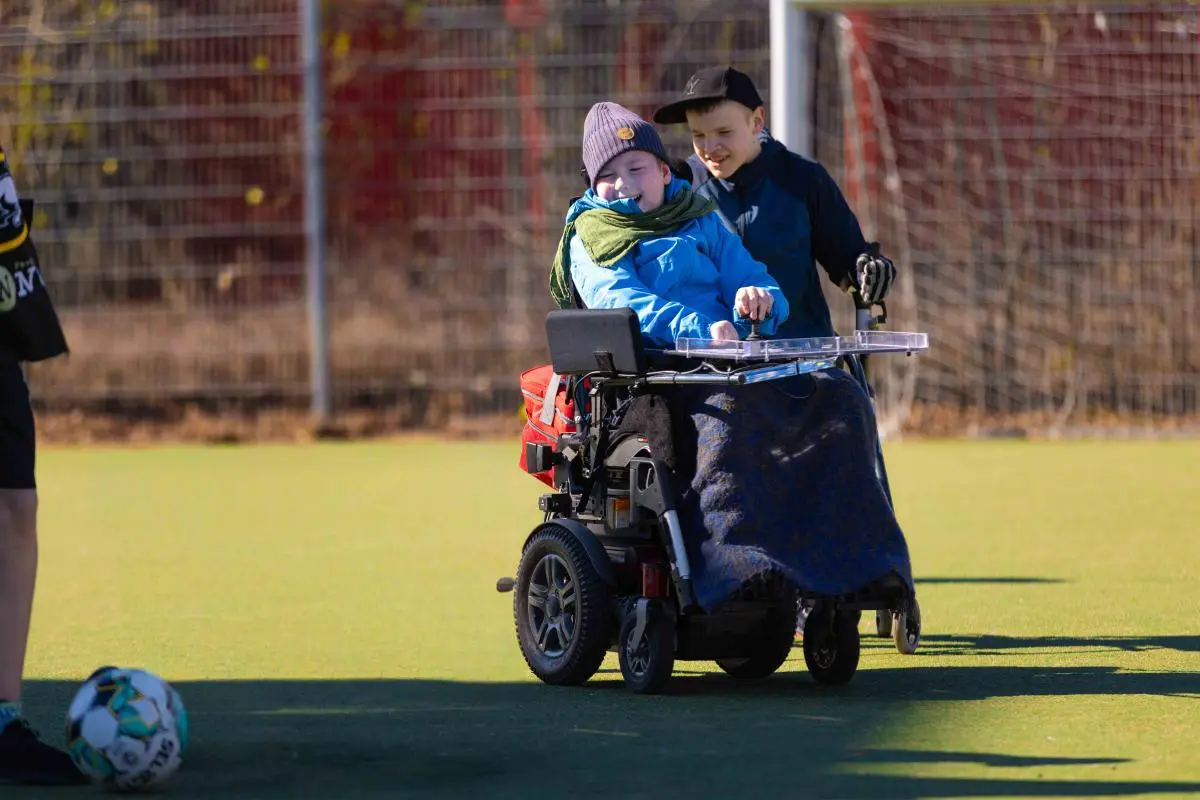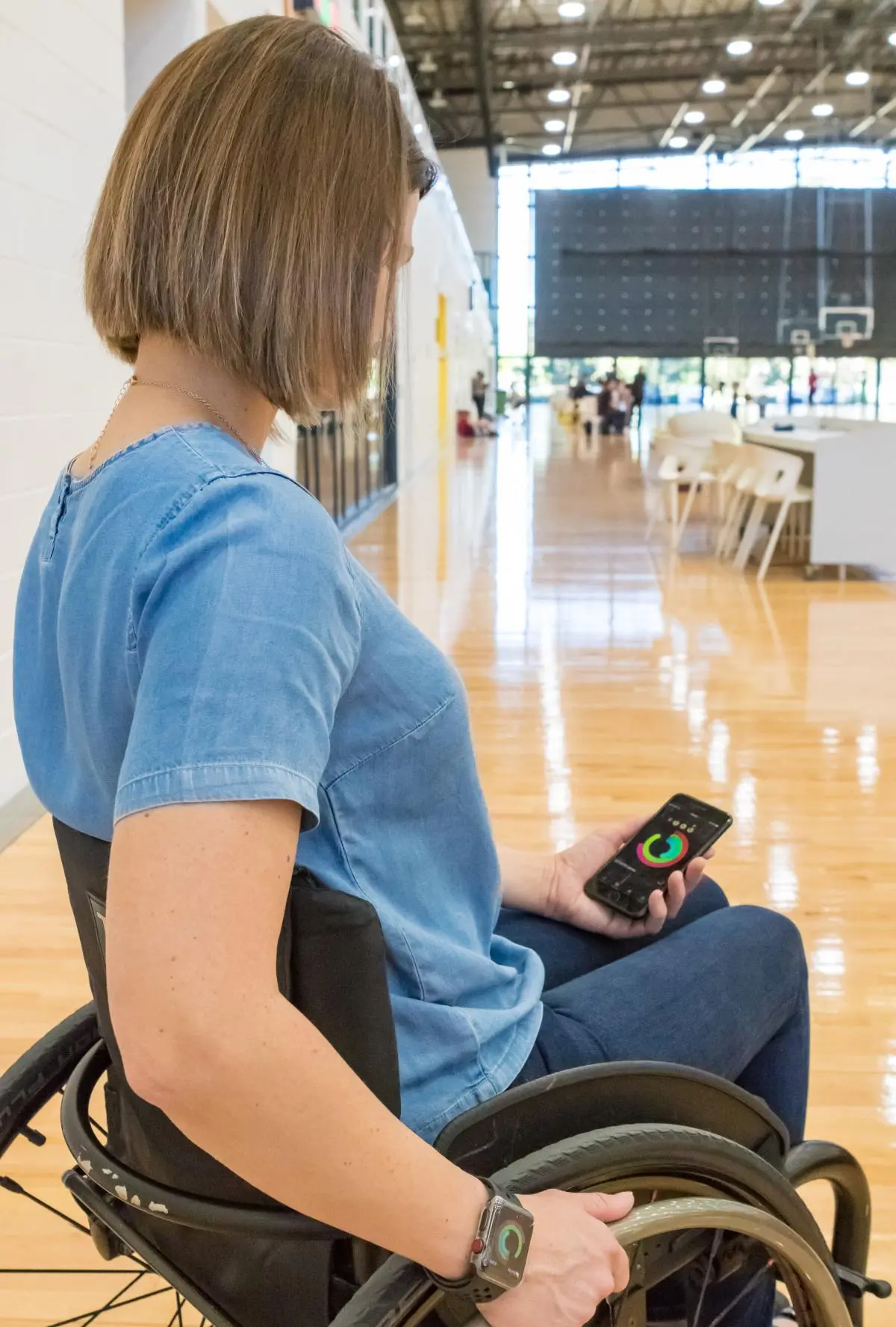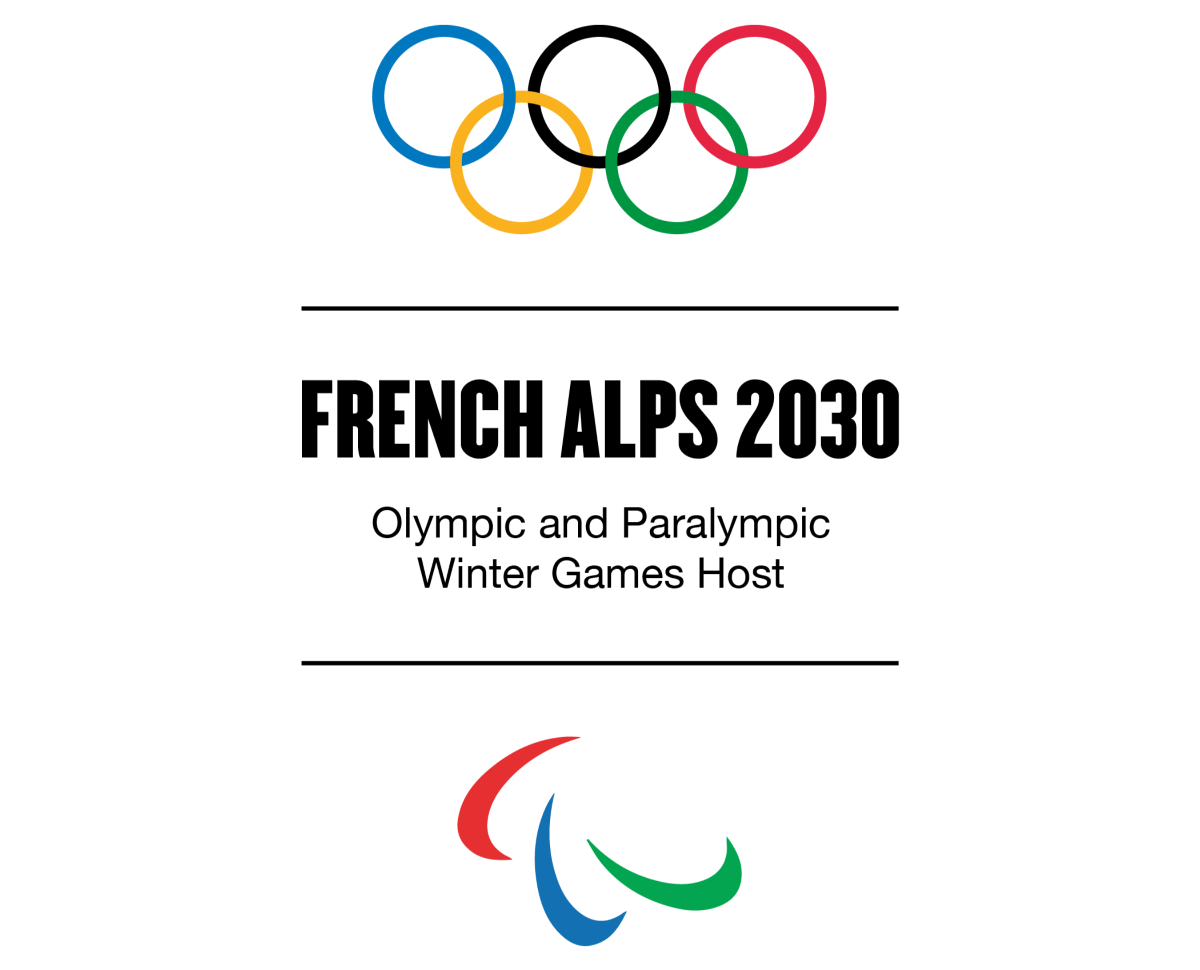
MONITORING PHYSICAL ACTIVITY IN CHILDREN AND YOUTH
It has been claimed that people, including children and adolescents, with disabilities cannot be effectively included in objective physical activity monitoring. The pioneering Finnish project FALLA provides clear evidence countering this belief and demonstrates that children and adolescents successfully and ethically can be included and integrated into national health monitoring systems.
Overview

Globally, rising rates of physical inactivity, obesity, diabetes, and other non-communicable diseases have driven urgent attention to youth health and activity levels. Yet, children and adolescents with disabilities are often excluded from health monitoring systems, amongst others due to challenges in measurement, leading to invisibility in data and, ultimately, policy.
The FALLA project, carried out in a Finnish context, responds to this gap. It demonstrates how objective, inclusive physical health monitoring systems can be developed for young people with physical impairments, to measure their levels of activity. This ensured they were counted, understood, and supported in health promotion efforts, expanding their opportunities to do Para sport and be physically active.
Who was involved?
The project was led by JAMK University of Applied Sciences, Finland, in collaboration with LIKES Research Centre. Key actors included the Finnish Paralympic Committee, health researchers, educators, assistive technology experts, local authorities, and disability organisations.
What was done?
The FALLA project focused on the development and pilot of an objective system for tracking and providing feedback on physical activity among children and adolescents with mobility restrictions, such as those caused by spasticity, cerebral palsy, amputations, or neuromuscular conditions. In general, many traditional health monitoring systems, including for persons with disabilities, rely heavily on subjective self-reports, which can be inaccurate. The FALLA project challenged this by designing methodologies tailored to the real-world capacities and contexts of children and adolescents with disabilities.
The project tested and validated wearable sensor technologies, including accelerometers and other movement trackers, in controlled and everyday settings. Data was collected and analysed to evaluate how movement is expressed in different physical profiles and how reliable and meaningful feedback can be provided to the users themselves, families, and professionals. Feedback loops were designed to support personalised encouragement, goal-setting, and long-term behavioural change.
Importantly, FALLA also examined how the collected data could be integrated into national health monitoring systems, ensuring that youth with disabilities are not only included but also meaningfully represented. Alongside technical and clinical components, the project included co-design workshops with users, teachers, and therapists to refine the usability, comfort, and acceptability of the tools.
What made it special?
The FALLA project is pioneering in its ambition to set a new standard for national health monitoring by ensuring that children and adolescents with disabilities are actively and objectively included. Rather than relying on potentially biased self-reporting, the project developed technologically robust methods to capture physical activity in ways that are accurate, meaningful, and respectful of diverse functional conditions. It also interrogated the validity of movement data across different types of impairments, creating a more equitable evidence base.
What changed?
The FALLA project provided concrete evidence that objective movement data can be successfully and ethically collected among children and adolescents with disabilities — something long considered technically too difficult. The project laid the groundwork for inclusive national data systems and helped health professionals, educators, and families see the tangible potential of tailored feedback in promoting health and participation in physical activity and Para sport.
What was learned?
Objective monitoring in diverse populations requires adaptive tools and sensitive design. The project revealed the importance of individualised calibration and highlighted where standard tools fall short for certain impairments — prompting inclusive innovation to make better measurement and understand more broadly.
Get started
To learn more and explore the project visit www.jamk.fi/fi/projekti/falla and contact the project team or the Finnish Paralympic Committee. Their insights can guide similar initiatives seeking inclusive and objective physical activity monitoring.



